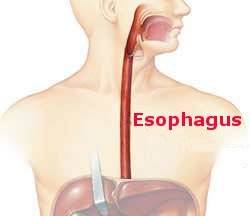Making life better.
Not all cancers are curable. When this is the case subjecting the patient to a major operation such as an esophagectomy with its risks of significant morbidity and even mortality is inappropriate. Happily, there are interventions that can improve the quality of life and extend it.
Both chemotherapy and radiation therapy can shrink esophageal tumors. Increasingly efficacious chemotherapy drugs are entering the clinical arena. Combining them with radiation treatments can even cause a complete remission in which, for a time, no cancer can be detected although eventual recurrence is likely.
If the cancer is bulky and sufficiently obstructs the esophagus that it prevents the patient from eating or even drinking, an additional intervention is necessary to provide adequate nutrition while the combined chemotherapy/radiation effect is awaited. One solution is to place a tube in the patient’s stomach through which liquid nutritional nourishment can be instilled. This is an effective method to get calories but has obvious drawbacks: a (minor) operative procedure is required, the patient has to tolerate a tube protruding from their abdomen, and the pleasure of eating normally is lost. A better scheme for most patients is to place a stent in the esophagus during an endoscopic procedure. A stent is a metallic, expandable tubular device that can push and hold open the tumor while the chemotherapy/radiation are taking effect. The stent is extracted when sufficient tumor shrinkage has occurred. While it is in place the patient can drink, eat soft foods and does not have to live with a tube through their abdomen.


